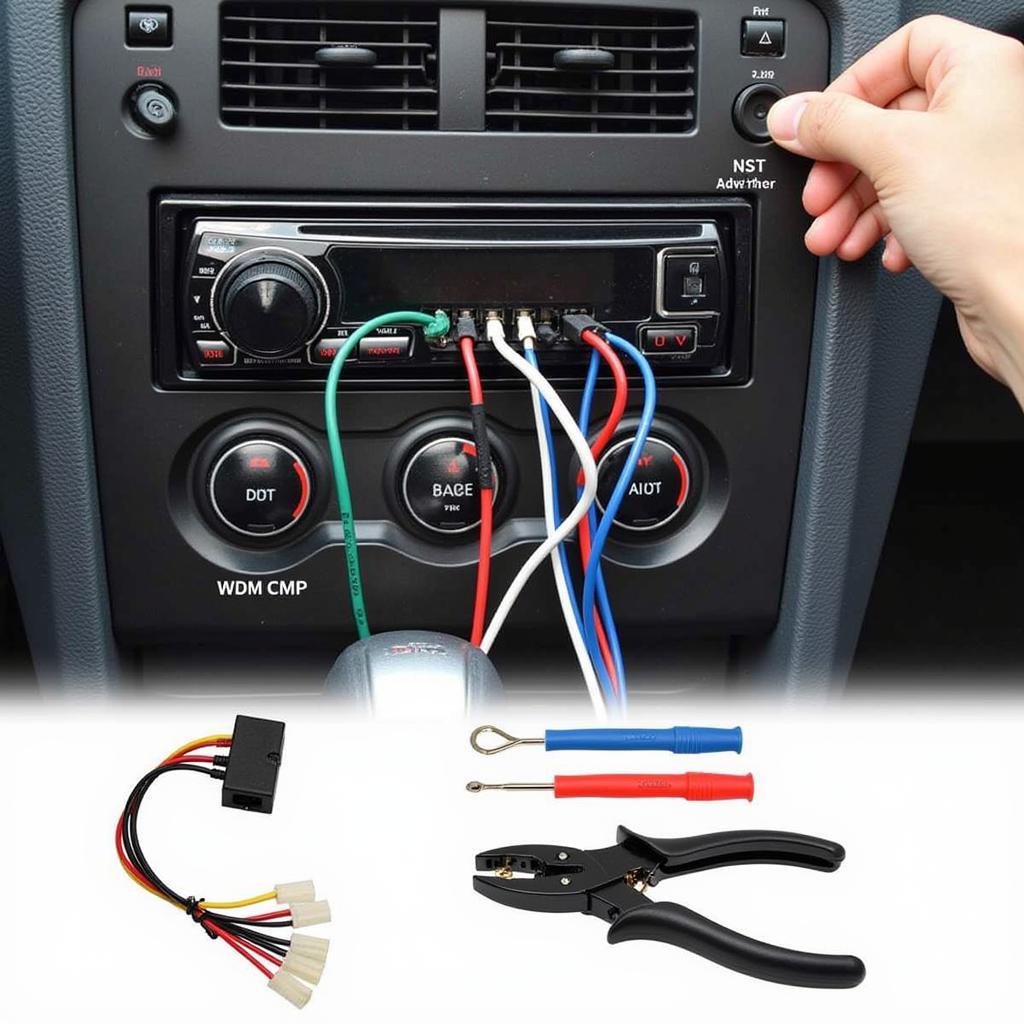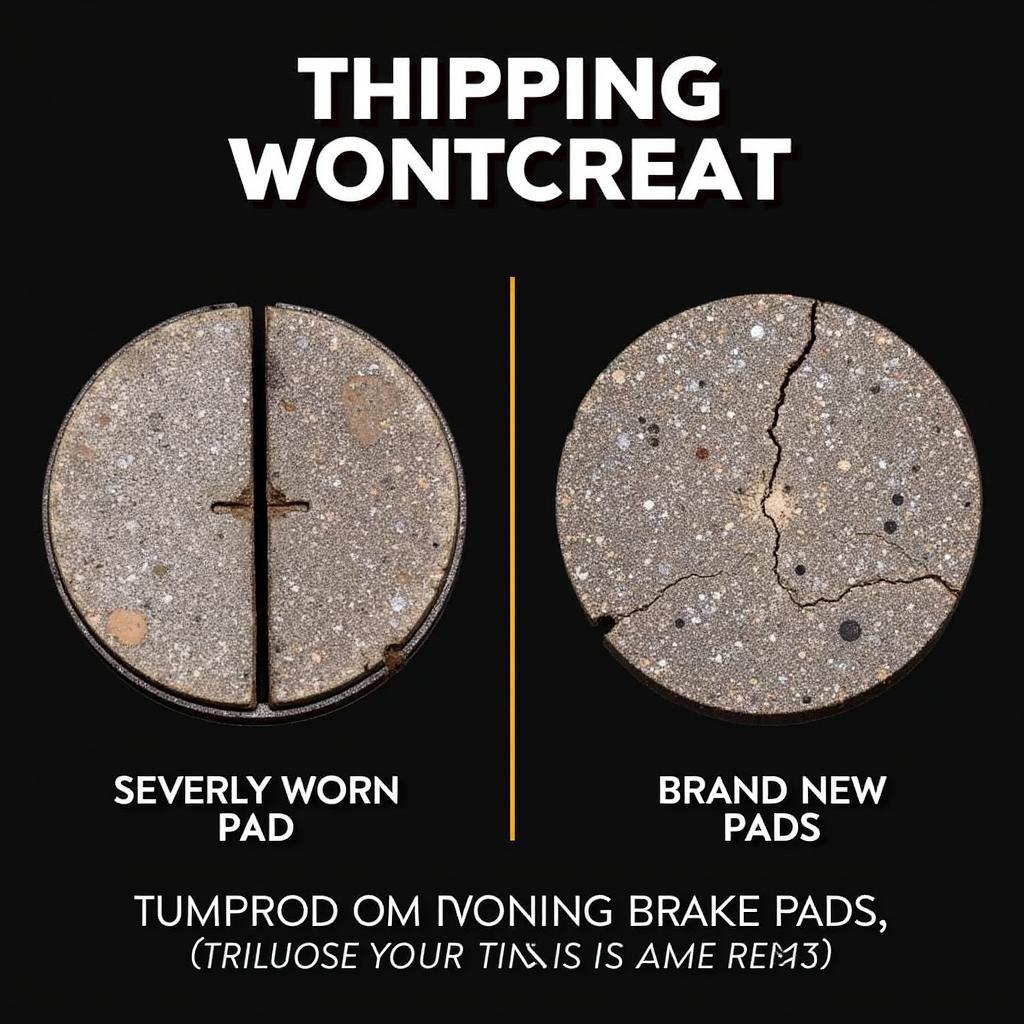Adding an auxiliary (AUX) input to your car radio unlocks a world of audio possibilities. This guide will walk you through the process of car radio AUX input installation, covering everything from understanding the basics to troubleshooting common issues. Whether you’re a seasoned DIYer or a complete novice, this guide has something for you.
Understanding the Need for an AUX Input
Before diving into the installation process, let’s understand why an AUX input is so valuable. Many older car stereos lack the ability to connect to modern devices like smartphones and MP3 players. An AUX input provides a simple, wired connection, allowing you to enjoy your personal music library through your car’s speakers. It’s a cost-effective alternative to replacing your entire stereo system.
Choosing the Right AUX Input Method
There are several ways to add an AUX input to your car radio. The best method depends on the make and model of your car and stereo. Common options include:
- Direct AUX Input: Some car radios already have a dedicated AUX input jack, often labeled “AUX” or “Line In.” This is the simplest scenario, requiring only an AUX cable.
- FM Transmitter: An FM transmitter broadcasts your music over a specific FM frequency, which you then tune into on your car radio. This is a wireless option, but sound quality can be affected by interference.
- Cassette Adapter: If your car has a cassette player, a cassette adapter with an AUX cord can be used. This is a simple solution, but sound quality is generally lower than other methods.
- Aftermarket AUX Input Adapters: These adapters connect directly to the back of your car stereo, providing a dedicated AUX input. This is a more involved installation but offers the best sound quality.
 Installing an aftermarket AUX input adapter to a car radio
Installing an aftermarket AUX input adapter to a car radio
If your car won’t start after replacing the battery, check out replaced battery car wont start. It might offer some helpful tips.
Installing an Aftermarket AUX Input Adapter
This section will focus on installing an aftermarket AUX input adapter, as it offers the best sound quality. Before starting, disconnect the negative terminal of your car battery.
- Remove the Car Radio: Consult your car’s manual for instructions on how to remove the radio from the dashboard.
- Connect the Adapter: Connect the adapter’s wiring harness to the appropriate ports on the back of your car radio. The adapter usually comes with detailed instructions.
- Route the AUX Cable: Route the AUX cable to a convenient location in your car, such as the center console or glove box.
- Test the Connection: Reconnect the car battery and test the AUX input by connecting a device and playing music.
- Reinstall the Car Radio: Once you’ve confirmed the connection works, reinstall the car radio.
Sometimes a clicking noise can indicate a starting problem. For more information, see clicking noise and car won t start.
Troubleshooting Common Issues
- No Sound: Check the cable connections and ensure the correct audio source is selected on the car radio.
- Poor Sound Quality: Try a different AUX cable. If you’re using an FM transmitter, try a different frequency.
- Interference: If using an FM transmitter, interference can be caused by other radio stations. Try a different frequency.
If you experience a clicking noise while jump starting your car, refer to jump start not working clicking for potential solutions. A car making a clicking noise and not starting can be frustrating, find more information at car is making a clicking noise and wont start. If your car wont start battery charged, a faulty starter might be the culprit.
Conclusion
Installing a car radio AUX input is a relatively simple upgrade that can significantly improve your in-car audio experience. By following this guide and choosing the right method for your vehicle, you can enjoy your favorite music on the go. Remember to always disconnect your car battery before working on any electrical components.

